 |
|
TDRS-M (Atlas V) 18 August 2017 |
Space Launch Complex 41 Cape Canaveral Air Force Station |
A United Launch Alliance Atlas V 401 rocket launched the Tracking Data and Relay Satellite-M (TDRS-M) into a geosynchronous transfer orbit from Space Launch Complex-41 at Cape Canaveral Air Force Station at 8:29 a.m on 18 August 2017. NASA’s Tracking and Data Relay Satellite System (TDRSS) is a space-based communication system used to provide tracking, telemetry, command and high-bandwidth data return services. The TDRSS, also referred to as the NASA Space Network, consists of satellites in geosynchronous stationary orbits and the associated TDRS ground stations. The TDRSS is a basic agency capability and a critical national resource. Microwave communications equipment and gimbaled antennae are the primary payload of each satellite. The TDRSS is capable of providing near continuous high bandwidth (S, Ku and Ka band) telecommunications services for Low Earth orbiting spacecraft (including the International Space Station) and expendable launch vehicles that use the network to receive and distribute telemetry data during flight. The launch was delayed from its original 8:03 a.m. launch time due to a thermal conditioning problem with the Centaur second stage. The stage was not cooling fast enough for flight leading to a short delay and a new launch time of 8:29 a.m., which allowed for extra time to bring the temperature down to the proper level. |
|
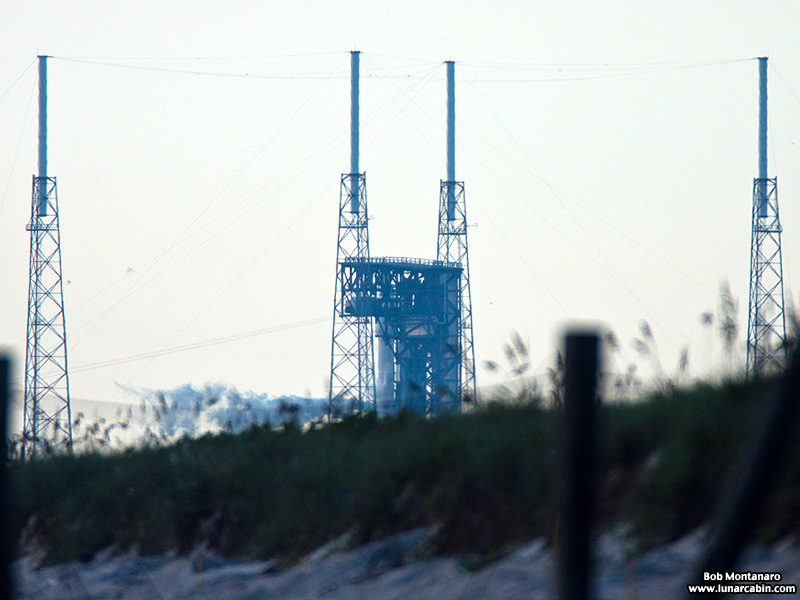 |
|
 |
|
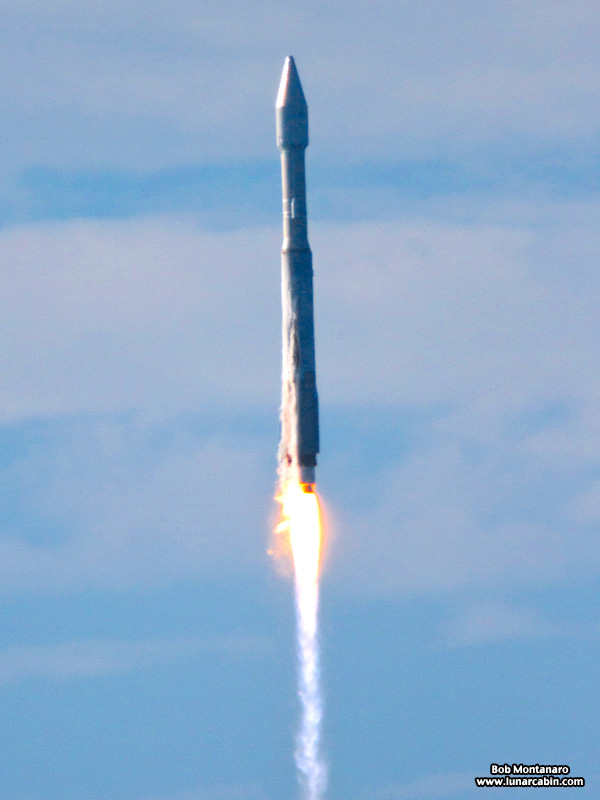 |
|
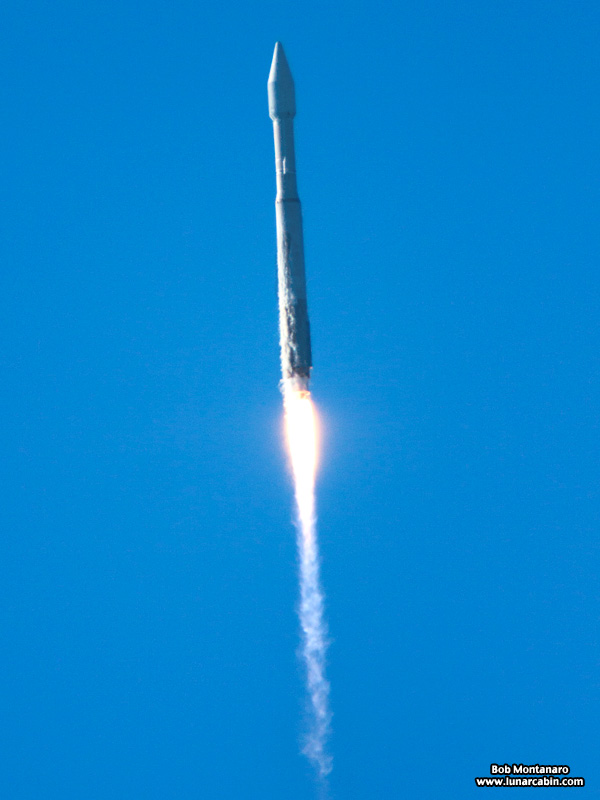 |
|
 |
|
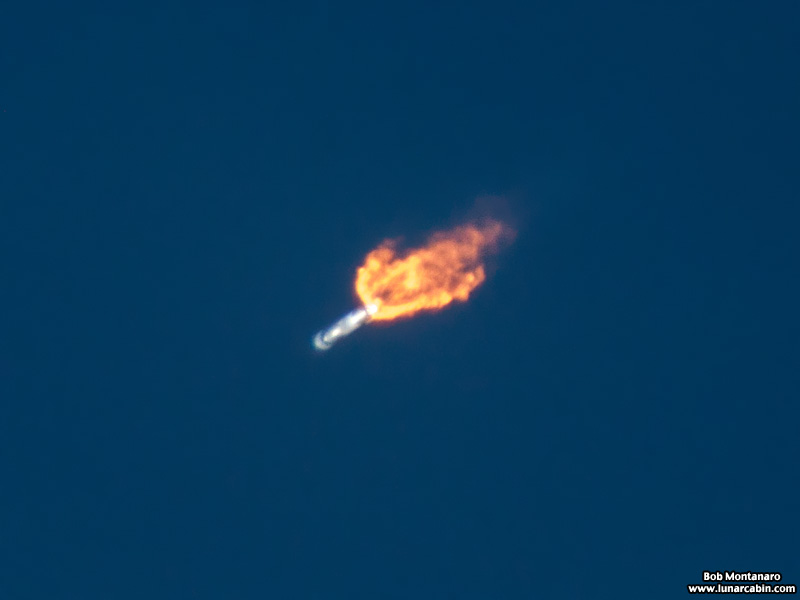 |
|
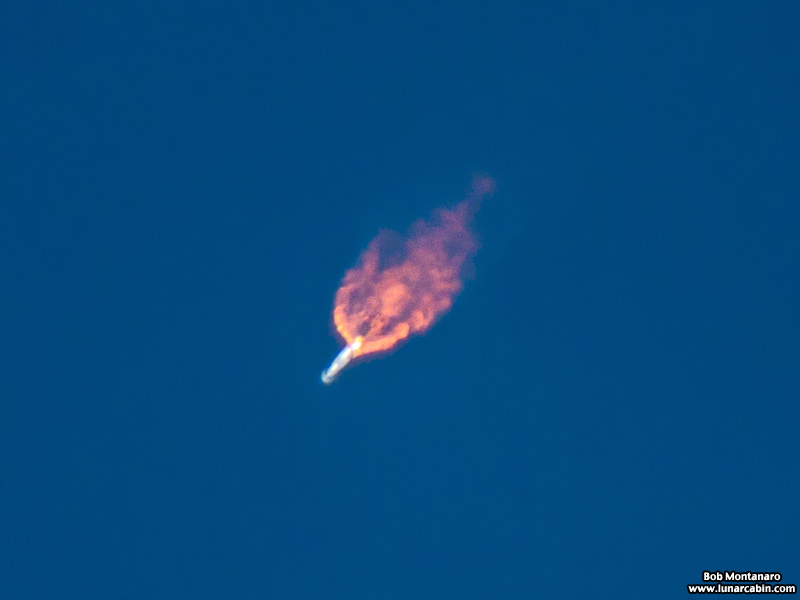 |
|
 |
|
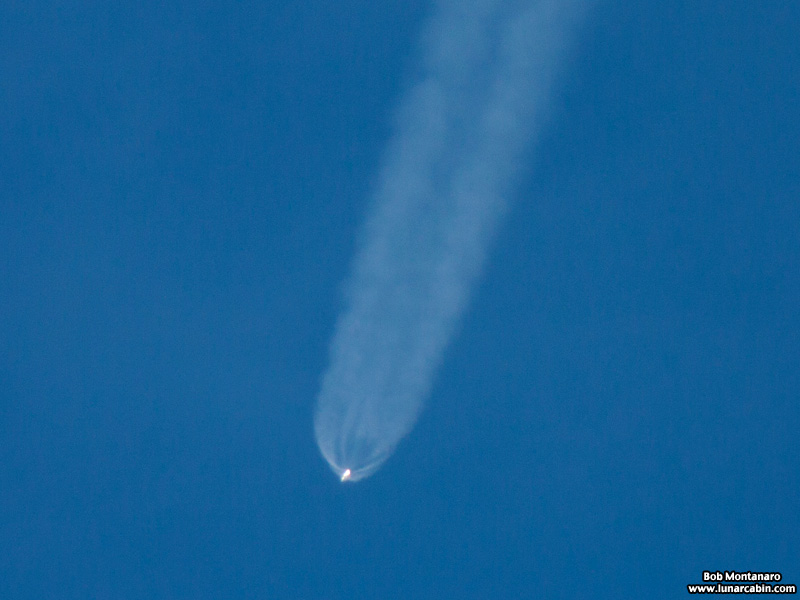 |
|
 |
|
 |
|
All contents copyright Lunar Cabin |
|